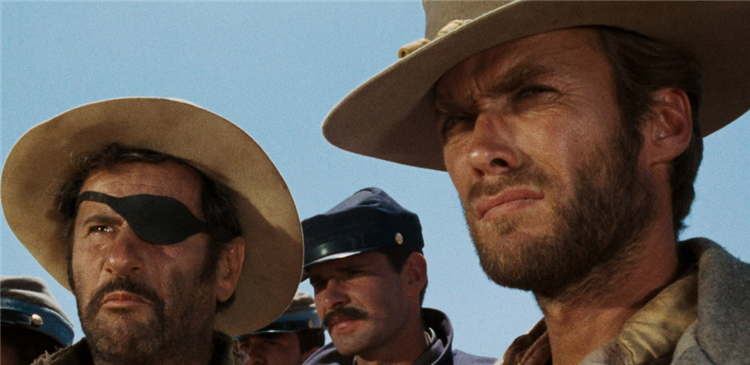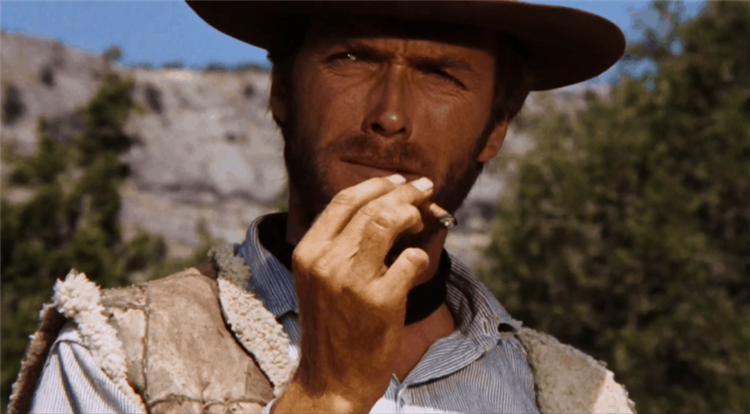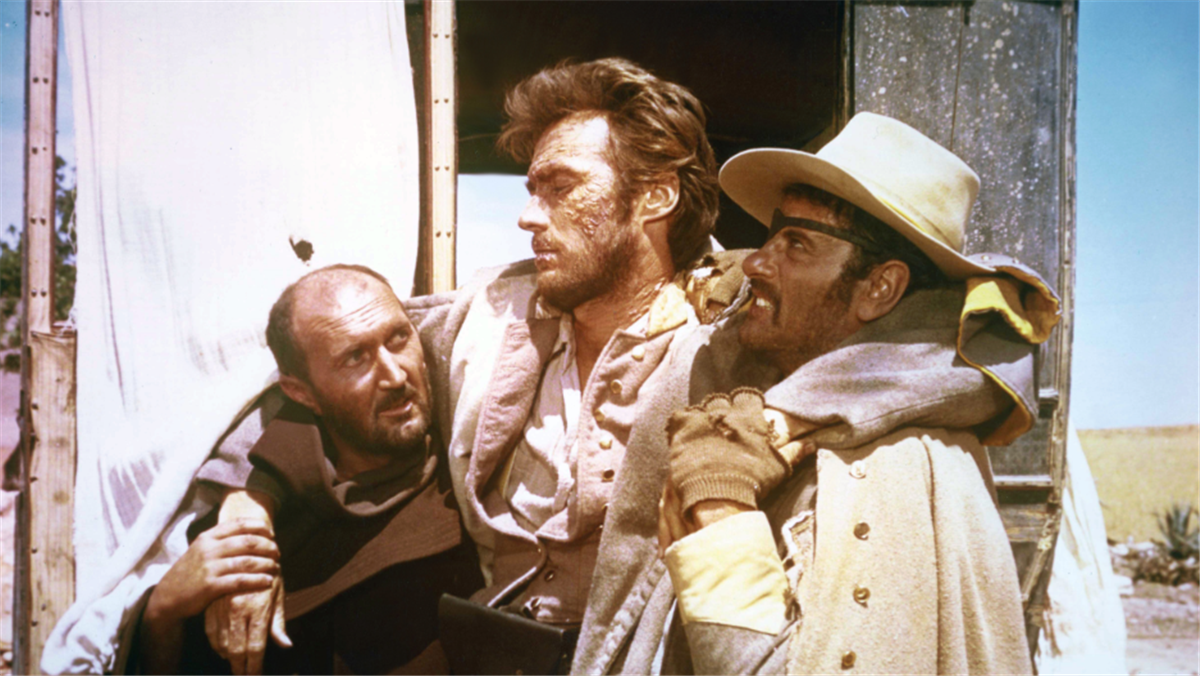A Wild West expert breaks down Clint Eastwood’s The Good, the Bad and the Ugly ending shootout, highlighting the “greatest myth” of the Old West. Sergio Leone changed Western movies forever with his “The Man With No Name” trilogy, capped by his 1967 masterpiece starring Eastwood as a gunfighter on the trail of hidden gold. In a film full of iconic moments, none is more famous than the climactic three-way graveyard shootout pitting Eastwood, Lee Van Cleef and Eli Wallach against each other, to the strains of Ennio Morricone’s unforgettable score.
That shootout scene may indeed be one of the greatest in movie history, but it’s not in any way based on historical fact, at least according to one expert. In a piece for Insider, Old West historian Michael Grauer breaks down Leone’s The Good, the Bad and the Ugly, accusing it of perpetuating the great myth that gunmen ran wild in the West engaging in quick draw shootouts with their unrealistically accurate revolvers, giving the film itself a four-out-of-ten for accuracy. Check out his remarks below (around :36 of the clip):

The greatest myth about the West is everybody was a gunman. That’s a bunch of nonsense. … The period of what people usually understand as the Wild West is primarily the second half of the 1800s. The only people carrying firearms were criminals and in the Army and also lawmen. In every cow town it was illegal to carry your firearms in town. Yes, there were firearms in the West, but not as you see in Western films.
So this whole idea of the quick draw is just nonsense. The revolver was still somewhat new. It had been around since the 1830s, but they’re notoriously inaccurate and [the gunmen are] standing so far apart they’d have emptied each of their cylinders probably to make one good shot. And as far as quick draw, there are documented cases where Doc Holiday quick drew and never hit anything. So the lack of accuracy in the quick draw is one of the things that never comes through in the movies and television.
Leone’s Films Made The Old West More Mythic Than Ever, And That Was On Purpose

The Old West was in the process of being mythologized by the likes of Buffalo Bill even before movies came along, but when cinema arrived, the mythologizing went into overdrive. Thanks to directors like John Ford, American film presented a highly romanticized view of its own history, one that made heroes of the likes of John Wayne, while conveying a deeply problematic view of indigenous people and their struggle.
The Western was falling out of favor in America by the 1960s, but in Europe the form was still unabashedly revered, and directors like Leone began putting their own spin on the myths of the West, inventing the “spaghetti” Western. The Good, the Bad and the Ugly was indeed a deliberately mythic view of the West, one that treated Western tropes as sacred. Leone was not interested in realism when he concocted his three-way shootout at the climax of the movie, but used his cinematic genius to create the most memorable gunfight of all-time.
Even if an expert like Grauer doesn’t appreciate the lack of realism exhibited by The Good, the Bad and the Ugly, the film’s power is hard to deny, and though it may not be true that gunfighters walked the Old West getting into constant quick draw battles, the myth of the gunfighter remains potent, and continues to influence filmmakers to the present day.
